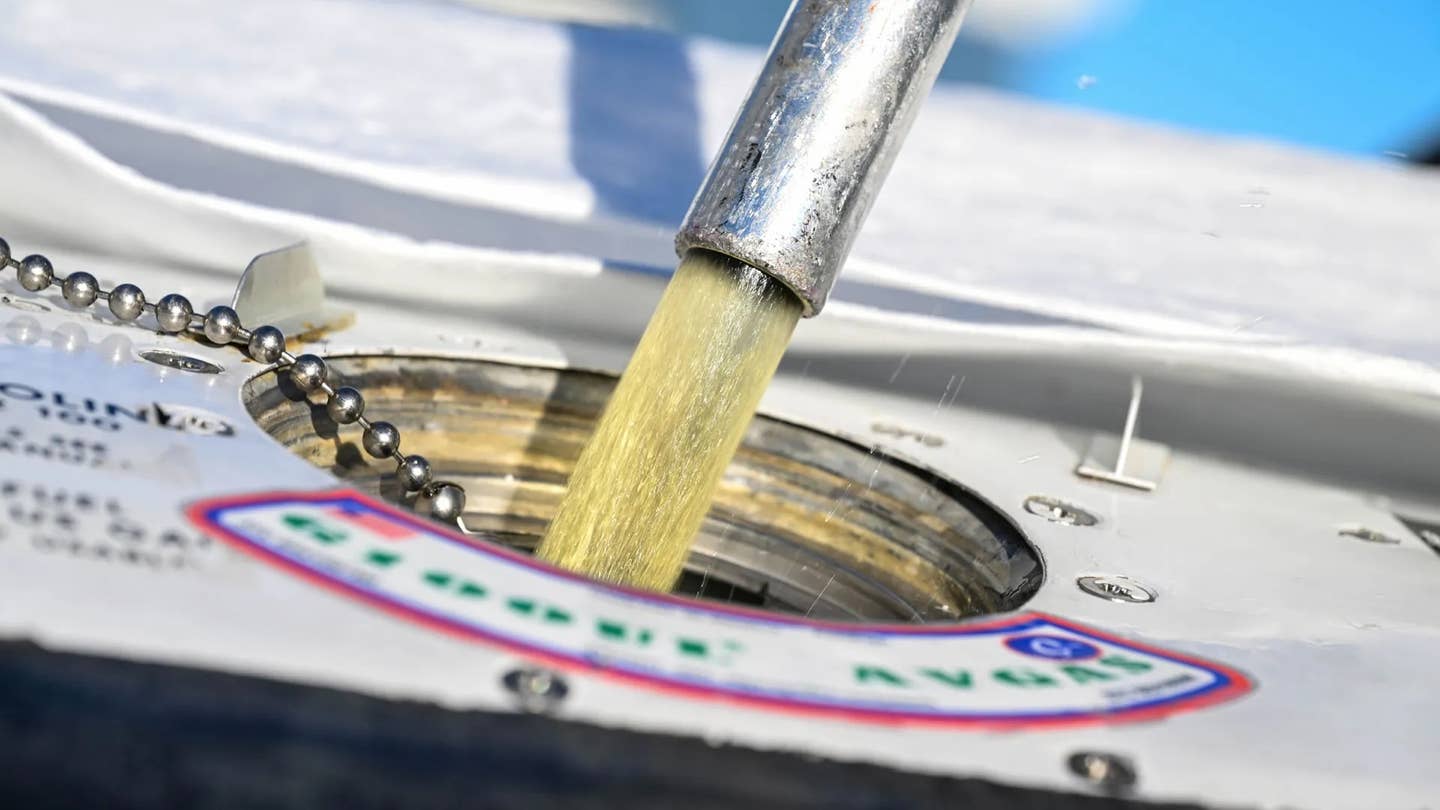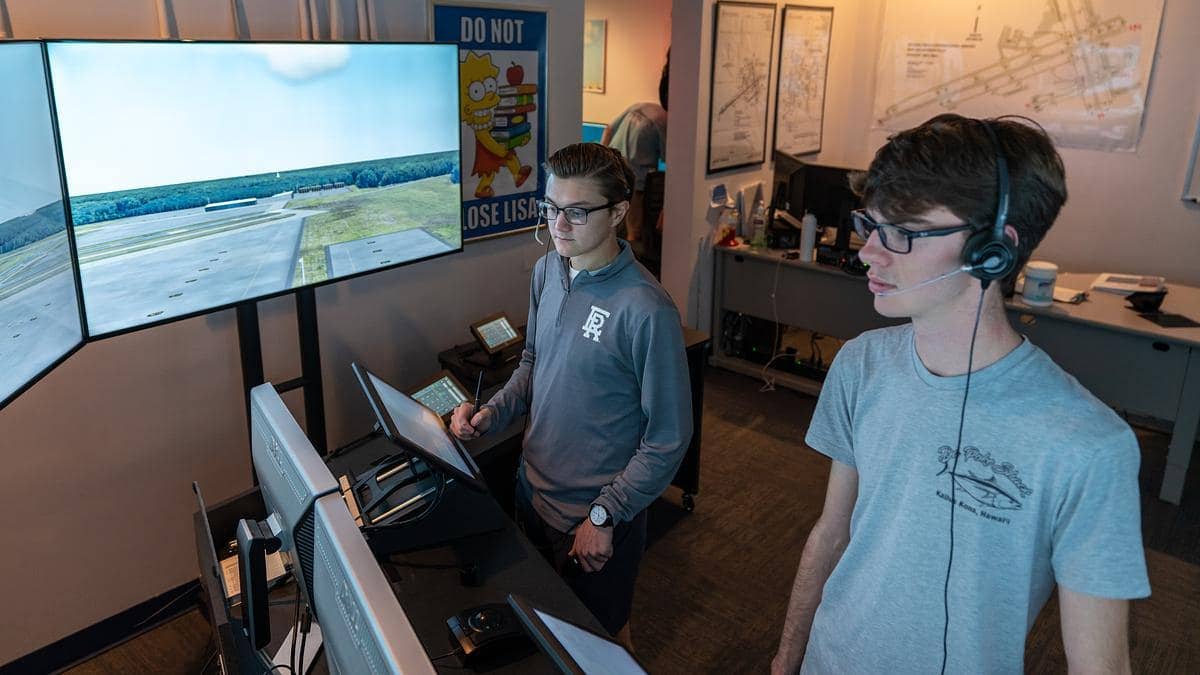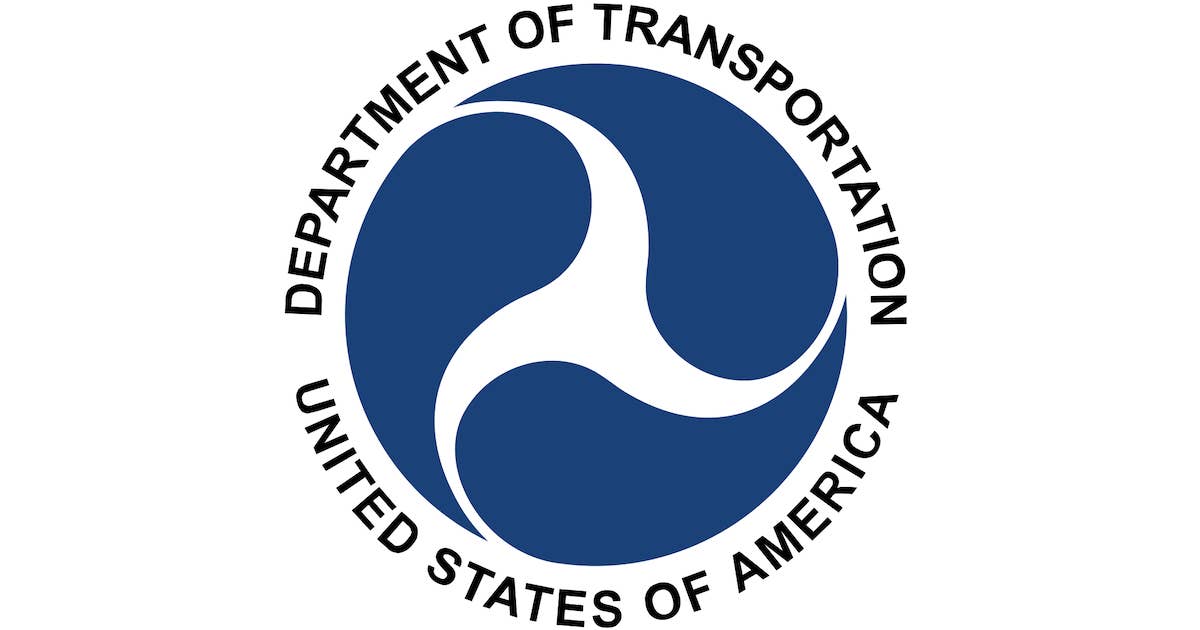Sea Recovery Underway For Chinese Balloon
Part of the envelope of a Chinese balloon shot down off Myrtle Beach was reportedly seen in a boat at a boat launch near the city as the Navy and…
Part of the envelope of a Chinese balloon shot down off Myrtle Beach was reportedly seen in a boat at a boat launch near the city as the Navy and Coast Guard work to recover what's left of the balloon's sensors and power system. An Air Force F-22 shot down the balloon off the coast near Myrtle Beach, South Carolina, on Saturday afternoon. A single Sidewinder air-to-air missile was used. The operation was witnessed by hundreds on the ground and millions who watched the livestream.
The FAA closed airspace off the coast of the Carolinas Saturday in preparation for the downing of the balloon that spent the last week crossing North America from Alaska. While the balloon was over land, the Biden administration decided not to shoot it down, saying it posed too much risk on the ground. But part of the calculation was that it's more likely at least some of the components will be recovered intact if the mission was done over water. Airports in Charleston, Myrtle Beach and Wilmington were closed for part of the day on Saturday and the FAA detoured other traffic around the 22,000 square miles of closed airspace. President Joe Biden said he ordered the balloon be shot down last Wednesday but deferred to military leaders who wanted to wait until it was over water.
On Friday, China said it was sorry that a civilian balloon doing meteorological research was inadvertently blown into U.S. airspace. The Canadian Broadcasting Corporation reported the Chinese government expressed "regrets" the balloon was "blown off course" while gathering weather data. The U.S. did not accept that explanation and consistently characterized it as a spy balloon. The jet stream carried the balloon over Alaska and Western Canada before it crossed the U.S. border near Malmstrom Air Force Base in Great Falls, Montana, the site of several intercontinental ballistic missile installations. It drifted at 60,000 feet and higher, well above normal commercial and military traffic. On Saturday, the Pentagon issued a statement saying a second balloon has been spotted over Latin America.
The balloon, which had what looked like a solar array slung underneath, crossed into U.S. airspace over more than a week ago, but the U.S. government didn't acknowledge its existence until Thursday when a Billings, Montana, television station got a clear shot of it as it passed over. Despite a growing chorus of calls from governors and Congress members to shoot the balloon down, military officials rejected that option, citing the risk of falling debris. There were reports of civilians on the ground trying to shoot it down, prompting warnings that falling bullets pose a hazard.
The military scrambled fighters and tankers to monitor the balloon on its leisurely journey, but there didn't seem to be much concern about its security implications. Military officials told various media that the balloon couldn't see or hear anything that satellites can't and that anything sensitive in the range of its sensors was shut off or hidden just in case. After overflying the ICBM sites in Montana, the balloon was spotted near Whiteman Air Force Base in Missouri, home to the Air Force's fleet of B-2 bombers and a facility well-versed in hiding from prying eyes.
The airspace incursion prompted U.S. Secretary of State Anthony Blinkin to postpone a planned trip to Beijing to meet with his Chinese counterparts. China has expressed anger at the U.S. actions but has not so far retaliated. The incident is said to have further chilled relations between the two superpowers.






